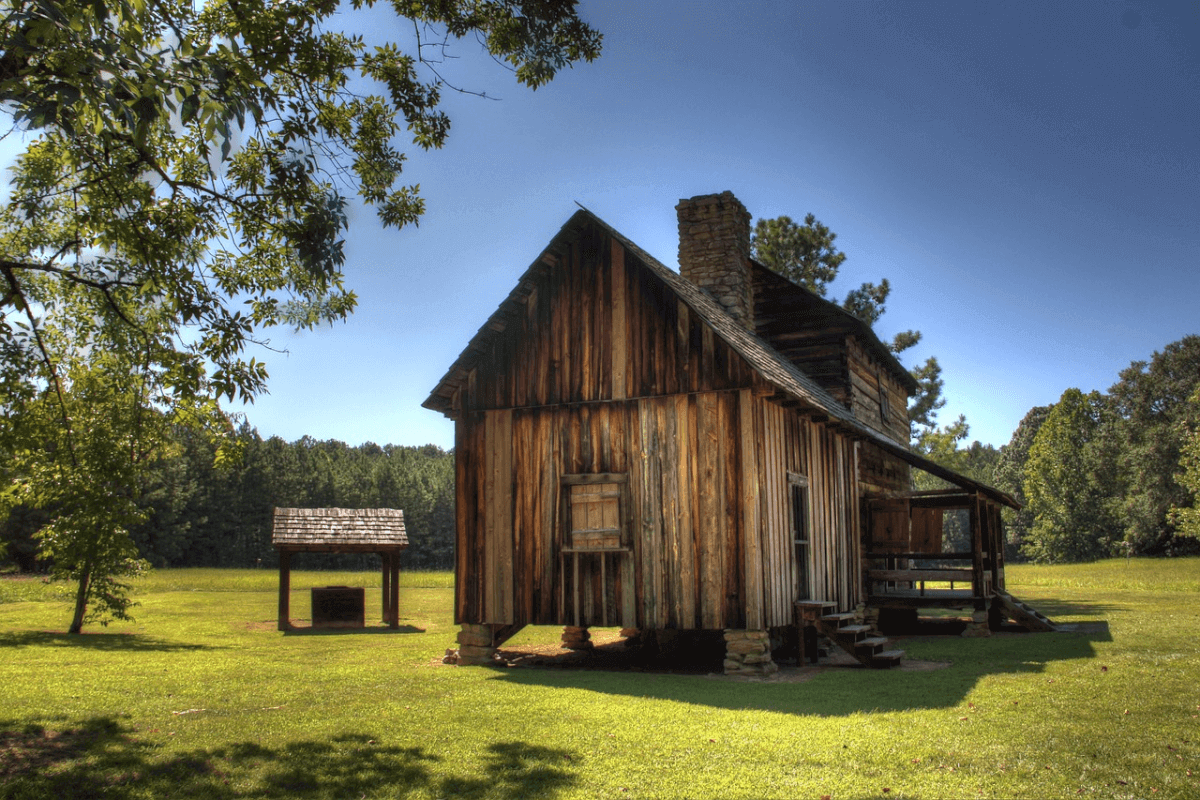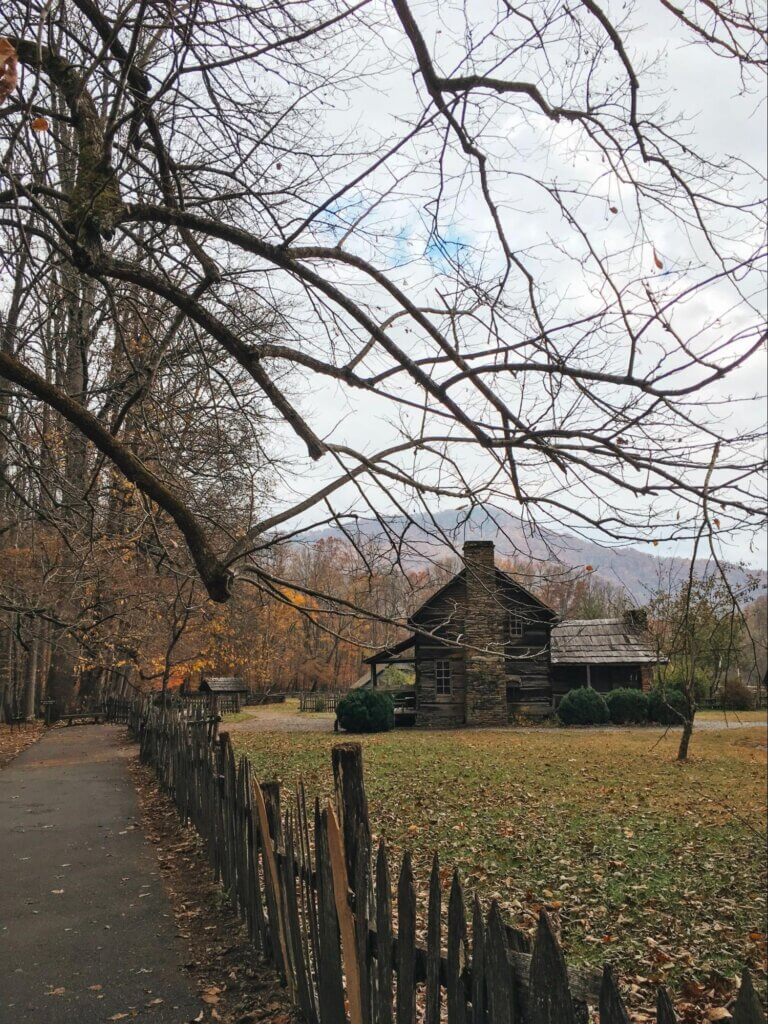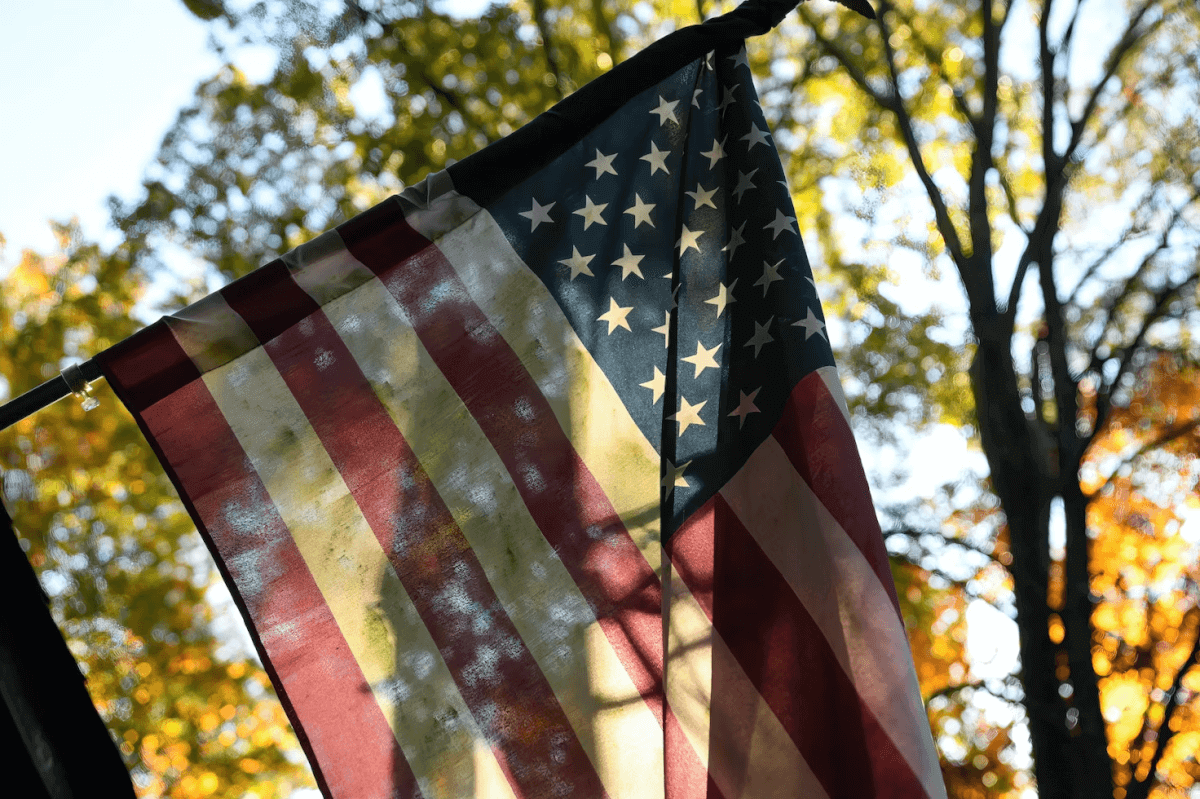A Cherokee History Timeline of the Smokies

Before the birth of the United States, and even before any European immigrants came to North America – one nation ruled Southern Appalachia. A subdivision of the Iroquois and a highly advanced civilization, the Cherokee Nation sprawled from Kentucky to northern Alabama, Georgia, and South Carolina. To the east, the Smokies formed a crucial part of this territory. For thousands of years, native migrants and traders were uniquely cued into the intricate mountain passages.
As a result, the tribe developed an important spiritual and cultural connection to the Great Smoky Mountains that still exists today. By understanding Cherokee history, we gain insight into a key influence on a region so beloved by visitors from around the world. After presenting a brief Cherokee history timeline, we’ll point you toward some informative and fun things to do in Cherokee, NC!

Cherokee History Timeline
Paleo-Indian Period | 10,000 B.C. – 8,000 B.C.
The Cherokee people are descended from indigenous peoples who have inhabited Southern Appalachia since at least 8,000 B.C. The people living in present-day North Carolina were nomadic hunter-gatherers. Other than this, not much is known about the Paleo-Indian Period.
Archaic Period | 8,000 B.C. – 1,000 B.C.
The Archaic Period saw native peoples starting to make pottery, twine, and textiles, and developing trade networks. Around 1,500 B.C., the Cherokee language became distinguishable from that of its Iroquois forebears.
Woodland Period | 1,000 B.C. – 900 A.D.
The Woodland Period introduced a more sedentary way of life. This era saw the advent of agriculture and the construction of log homes and ceremonial mounds.
Mississippian Period | 900 A.D. – 1600 A.D.
The Mississippian Period is characterized by the development of agriculturally-sustained villages of 1 to 5 acres, surrounded by flat-topped mounds. The most prominent is located at Etowah, NC.

Qualla Phase | 1500 – 1850
The Qualla Phase is most associated with the historical Cherokee. The most notable dates from this period are outlined next.
1450
Tugaloo Old Town was the first Cherokee village.
1540
Hernando De Soto arrived on Cherokee land and established their first contact with Europeans.
1684
The first treaty between the Cherokee and the English promoted the trade of deerskins and Native slaves.
1711
Throughout the early 1700s, the Cherokee gradually moved west to evade English settlers and follow game. However, their migration evoked both new alliances and new conflict, especially with other tribes, as evidenced in the 1711 Tuscarora War and the 1715 Yamasee War. The Cherokee also took up European tools and weapons, changing the way they hunted for food and skins.
1721
The rest of the 1700s reflected frequent changing of alliances between the Cherokee and their newfound European neighbors. However, for the most part, the Cherokee were aligned with the British. In 1721, the Treaty of South Carolina (a.k.a. the Charleston Treaty) was the first of a series of ten treaties between the Cherokee and the English. Treaties such as this were intended to establish peace between the two as sovereign nations. However, they also ceded Cherokee land to British rule.
1738
A smallpox epidemic killed approximately half the Cherokee population.
1756-1763
The Cherokee consistently showed support for the British, first against the French during the Seven Years’ War –
1775-1783
– and again, against the rebel colonists during the American Revolutionary War.
1785
The Treaty of Hopewell was one of the first agreements between the Cherokee Nation and the newly established United States.
1800
The Cherokee National Council welcomed Christian missionaries, impacting spirituality and education. The first part of the 19th century brought about a written form for the Cherokee language, a bilingual Cherokee-English newspaper, and the first written laws and constitution of the Cherokee Nation.
1819
Treaties throughout the 1800s continued to cede territory in Georgia, Alabama, Tennessee, and North Carolina to the U.S. government. In the 1819 Treaty of Washington, some individuals were granted reservations, but only those in NC were honored.
1828
Gold was discovered on Cherokee land in Georgia, adding pressure on U.S. President Andrew Jackson to remove the Native populations from the area.
1835
The Treaty of New Echota ceded all eastern Cherokee lands to the U.S. and relocated the tribe to the west. The Cherokee National Council rejected the treaty. However, the American government approved it upon signing by a small group of Cherokee. Unfortunately, this group did not adequately represent the entire tribe.
1838
The devastating “Trail of Tears” began. The Cherokee tribe journeyed for six months to Oklahoma and Arkansas. Out of 16,000 Cherokees, at least 4,000 died from cold, disease, or hunger before seeing their new home. The Oconaluftee Cherokee were the only natives permitted to stay in North Carolina, per the Treaty of Washington.

Things to Do in Cherokee, NC
Today, approximately 11,000 Cherokee make up the Eastern Band, located on a 56,000-acre reservation in western NC known as the Qualla Boundary. Unlike many Native reservations in the U.S., this one is completely open to visitors. Carve your way across the Great Smoky Mountains from Gatlinburg for an hour, and you’ll arrive in the town of Cherokee. Some of the best things to do in Cherokee, NC, involve interactive experiences that bring this traditional Cherokee culture and history to light.
- Oconaluftee Visitor Center – The Oconaluftee Visitor Center is a great place to go for local area information, such as maps, guides, and ranger services. Enjoy exhibits on Native and early European life in the Smokies. Don’t miss the easy 1.5-mile Oconaluftee River Trail and elk-spotting just outside the visitor center.
- Mountain Farm Museum – Next door to the visitor center, the Mountain Farm Museum is a collection of transplanted structures such as a log farmhouse, barn, apple house, and blacksmith shop. Alongside these exhibits, historic agricultural demonstrations show what life was like 100 years ago in the Smokies.
- Mingus Mill – Mingus Mill is a historic water-powered gristmill that was built in 1886. Catch demonstrations of cornmeal milling, and purchase mill-ground items as souvenirs.
- Oconaluftee Indian Village – A tour of Oconaluftee Indian Village is a step back in time to an 18th-century Cherokee village. A Cherokee cultural guide will walk you through live Cherokee craftwork, such as canoe hulling, pottery-making, and beadwork. Explore authentic dwellings and sacred areas, and keep your eyes and ears open for dance and storytelling events.
- Museum of the Cherokee Indian – Who are the Cherokee, and how are they still here? Get to know the resilient Cherokee spirit at the Museum of the Cherokee Indian, which recounts the 12,000-year history through interactive multimedia displays.
- Harrah’s Cherokee Casino – After exploring the educational things to do in Cherokee, NC, wind down with some fun at Harrah’s Cherokee Casino. Their state-of-the-art game room is unbeatable with slot machines, live table games, traditional Asian games, and more. If the games aren’t your thing, you’ll love the rest that Harrah’s has to offer, from fine dining to concert events, shopping and spa experiences.
Through thousands of years of technological advancement, the sudden arrival of white settlers followed by controversial political changes, and one of the most traumatic events in American history – the Cherokee Nation has survived. Just a brief overview of a Cherokee history timeline reveals that the same folk who inhabited this region for over 10,000 years will continue to be here for the long haul.
From the Oconaluftee Indian Village to the Museum of the Cherokee Indian, there are plenty of things to do in Cherokee, NC. No matter what you choose to pursue, the town of Cherokee will provide a window into their upheld traditions and this remarkable past – a past that is ever-present and ever-honored in these ancient mountains.
For more fascinating historical things to do in the Smokies, check out our guides to the history of Cades Cove, the Dolly Parton childhood home, and Appalachian moonshine. Find plenty more fun activities only an hour’s drive from Cherokee in Pigeon Forge and Gatlinburg, TN!
Content on this page is subject to change. Please contact the locations mentioned to see if promotions, hours, pricing, etc. are still valid.
2 Responses to “A Cherokee History Timeline of the Smokies”
Leave a Reply








My great grandmother was Cherokee my mom used to tell us great stories about her.
Wow! That’s so cool! Thanks for sharing, John!